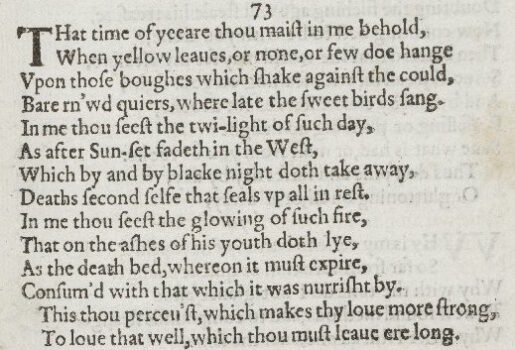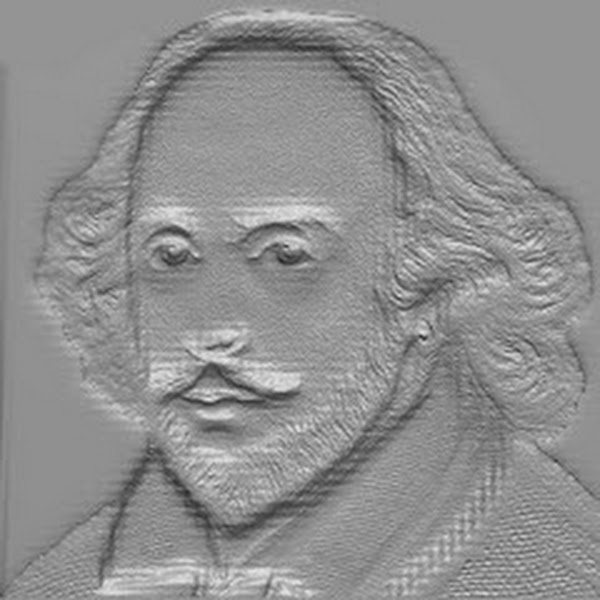A sonnet is a short lyric poem of fourteen iambic pentameter lines linked by an intricate rhyme scheme. It is a lyric because it can be tuned to a lyre, a musical instrument. Each of its fourteen lines consists of five feet (also known as meters) for which it is called pentameter.
Again, each of the feet consists of an unaccented syllable and an accented syllable (of sound unit) which it is called iambic. It is of three types: Petrarchan or Italian, Spenserian, and Shakespearean. The first eight lines of a Petrarchan sonnet are called octave and the last six lines are called sestet.
A Petrarchan sonnet rhymes as abababab cdcdcd or abababab cdecde. Wordsworth’s “The World is too Much with Us” is an example of Petrarchan sonnet.
A Spenserian sonnet rhymes as abab bcbc cdcd ee. A Shakespearean sonnet rhymes as abab cdcd efef gg. Shakespeare’s “Sonnet- 18” is an example of a Shakespearean sonnet.
A sonnet is a poem with 14 lines. It has a specific rhyme scheme and a fixed structure. It usually expresses deep emotions like love, beauty, time, or nature.
Features of a Sonnet:
- Fourteen Lines – Every sonnet has exactly 14 lines.
- Iambic Pentameter – Each line has ten syllables with a rhythm of unstressed and stressed beats.
- Rhyme Scheme – Different types of sonnets have different rhyme patterns.
- Volta (Turn) – A shift in thought or emotion, usually in the 9th line.
Famous Writers of Sonnets:
- William Shakespeare (England)
- Petrarch (Italy)
- John Milton (England)
- Edmund Spenser (England)
- William Wordsworth (England)
Famous Sonnets and Their Descriptions:
1. Sonnet 18 (“Shall I compare thee to a summer’s day?”) – William Shakespeare
This poem praises a loved one by comparing them to a beautiful summer day. The poet says that summer is not perfect because it is too hot or too short, but the loved one’s beauty never fades. The poem ends by saying that as long as people read this poem, the loved one’s beauty will live forever.
2. Sonnet 130 (“My mistress’ eyes are nothing like the sun”) – William Shakespeare
This poem challenges traditional beauty standards. The poet describes his beloved in a realistic way. Her eyes are not bright like the sun, her lips are not red like coral, and her voice is not like music. But despite these things, the poet deeply loves her.
3. Sonnet 43 (“How do I love thee? Let me count the ways.”) – Elizabeth Barrett Browning
This poem expresses deep love. The poet lists different ways she loves someone. She loves freely, purely, and passionately. She even says she will love them after death.
4. Sonnet 29 (“When, in disgrace with fortune and men’s eyes”) – William Shakespeare
This poem describes sadness and loneliness. The poet feels unlucky and ignored by people. But when he thinks about his loved one, his sadness disappears.

 CSP
CSP